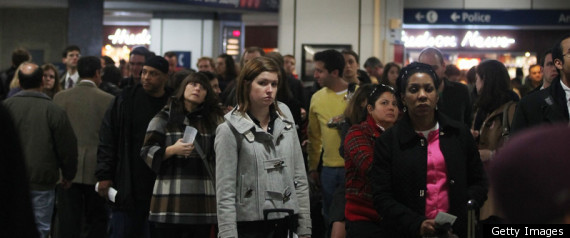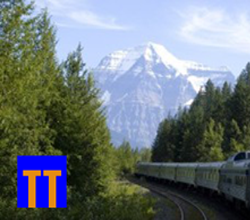Missed Connections: Amtrak’s Number One Headache.
(Shameless plug: The following is an excerpt from the most recent edition of my book, All Aboard-The Complete North American Train Travel Guide.)
Trains running behind schedule are the single biggest headache Amtrak has to deal with, at least in terms of their day-to-day operations. Trains can be late for any number of reasons – bad weather or equipment problems, for example – but the most common cause is freight traffic. Amtrak’s long-distance trains operate over track owned by one of the freight railroads and the dispatchers for those railroads often give priority to their freight trains at Amtrak’s expense.
When trains run late, passengers miss connections and then it becomes Amtrak’s responsibility to make things right. Unfortunately, it’s almost a certain lose-lose situation for Amtrak. Missed connections, or “misconnects” as they’re called, cost the railroad a lot of money – the most recent figure I heard was $130 million a year – and no matter what kind of a solution is worked out, the affected passengers will not be happy.
As a passenger, you’ll probably be aware that your train is running late. If it looks like you may miss a connecting train, button-hole a conductor before you arrive to get his advice on your options. Once you pull into the station … go immediately to Amtrak’s Passenger Service Desk in the station. And by that, I mean run if you can! Other passengers from your train will be in the same situation, so the object is to be one of the first problems solved instead of one of the last. …
The important thing is to let them know what youwant. Be reasonable, however. … The person you’re dealing with is the answer to your problem, not the cause.




